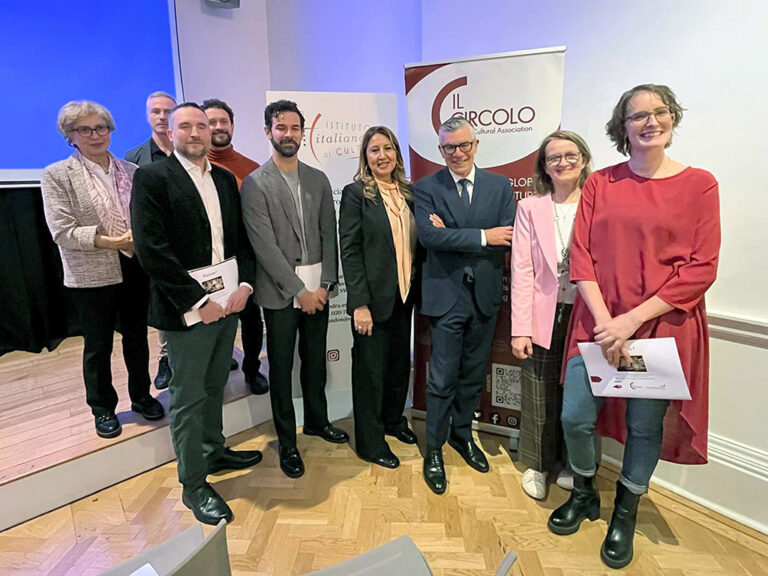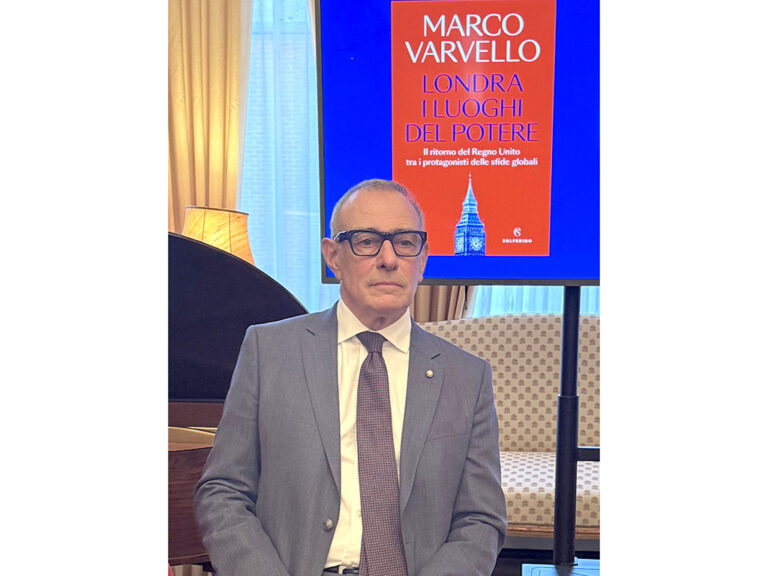Serpentine offers a rare opportunity to get acquainted with Giuseppe Penone, a leading figure in the Arte Povera movement, who experiments with a wide range of materials including wood, iron, wax, bronze, terracotta, marble and plaster, bringing their individual physical qualities to the fore.
A solo exhibition by Penone in the London gallery, Thoughts in the Roots (3 April – 7 September), showcases the italian artist’s continued interest in the relationship between humans and the natural world, featuring sculptures and works that range from 1969 to today. It extends beyond the gallery into the Royal Parks. Arte Povera is an influential movement that emerged in Italy in the 1960s, celebrating the simplicity of natural materials and artistic techniques.


With a career spanning over five decades, Penone’s expansive oeuvre encompasses sculptures, drawings, painting, installations, and photography.
Born in Garessio, a village near Cuneo, in Piedmont, Penone is influenced by the forested region of Northern Italy. The vegetal world is a central subject in his work, creating his first Alberi (Trees) in 1969, he cites the tree as ‘primal and most simple idea of vitality, of culture, of sculpture’. Through uncovering the visual, tactile and olfactory aspects of the materials he uses, Penone’s work highlights the interconnected nature of beings, both living and non-living, in existence.
The exhibition embodies the key principles of Penone’s work, namely the synergy between artistic and natural process, and the poetic relationship between humans and the environment. Through a series of sculptures and installations, visitors encounter the delicate yet powerful ways in which Penone reveals nature’s hidden structures, rhythms, and gestures.
Reflecting on the exhibition, Giuseppe Penone – who lives and works in Turin – states: ‘‘All of my work is a trial to express my adherence and belonging to nature, and it is with this thought that I have chosen the works for the exhibition. The two paths that I have created—inside the gallery and outside of it, in the park—become two integrated gardens.’’ Since its launch in the 1970s, Serpentine has maintained a long-standing commitment to bringing art out of the traditional gallery context and into the surrounding landscape, offering an opportunity for artists to engage with the immediate environment of Kensington Gardens




